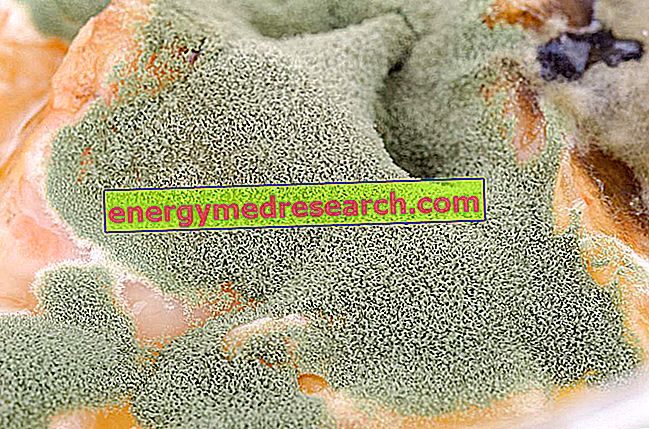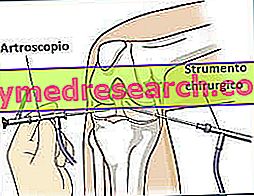
As often happens, even in the case of antibiotics, the empirical experience has far preceded the great "discoveries" of science.
Specifically, it was necessary to wait until 1943 for the first antibiotic, penicillin, to be made available on a large scale for the treatment and prevention of infections. In light of this discovery we can now understand why, at one time, some medical treatments were in vogue that at first glance might seem bizarre and lacking in any efficacy.
In 2500 BC, for example, the Chinese used fermented soy milk to treat boils and blisters. In the first century AD, the so-called "medicinal lands" were in vogue among the Romans. The use of cobwebs, mosses and even decoctions of tiles or dust from beams rich in mold is also extensive and documented. Still, to treat the infected wounds, the Mayans used a reddish mold, grown on dried wheat grains and left to ferment.
Unknowingly, all these treatments were based on the bacteriostatic and bactericidal power of some substances produced by molds, which centuries later gave birth to the first antibiotics.



